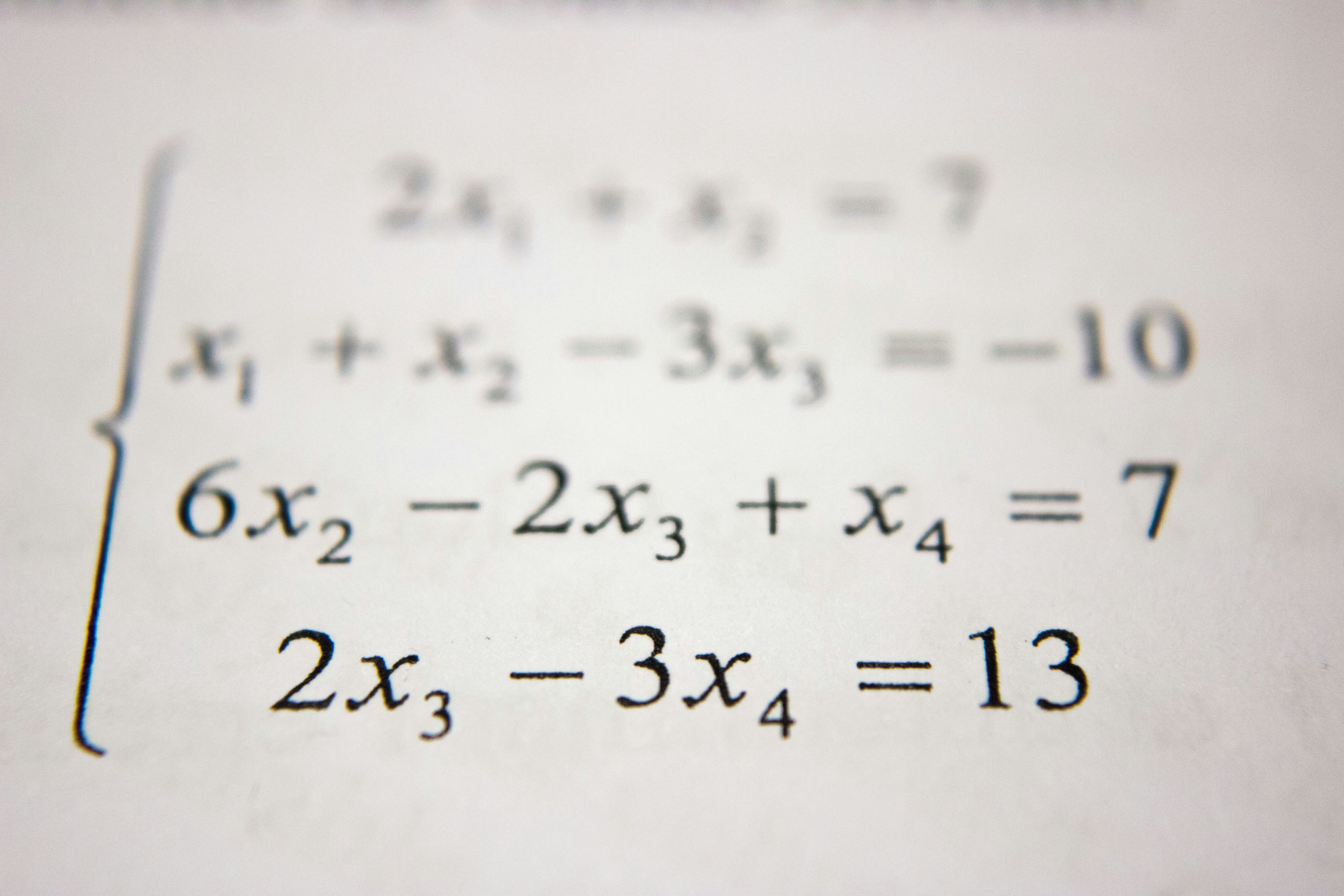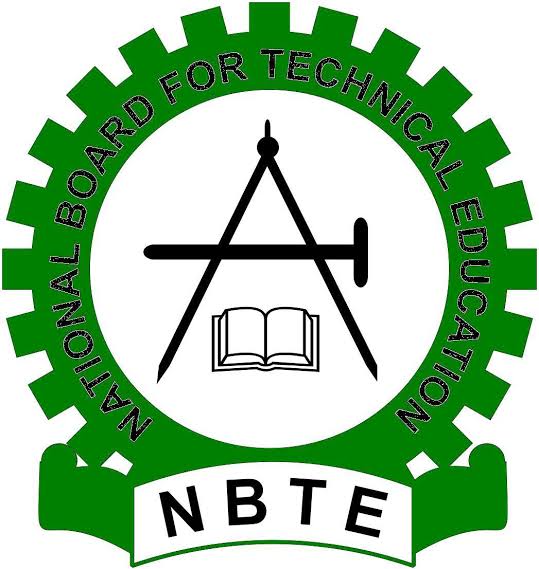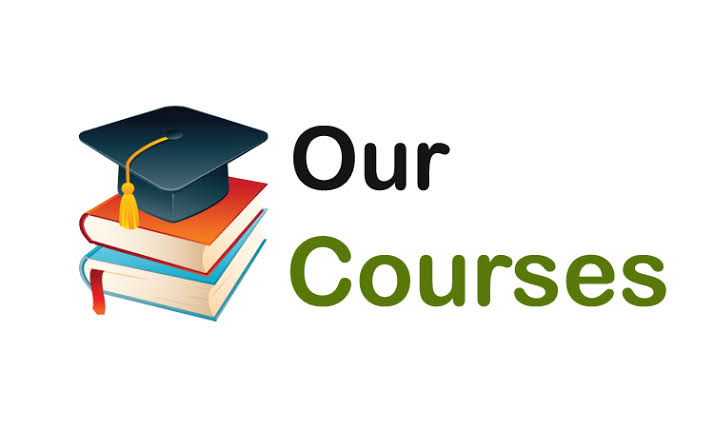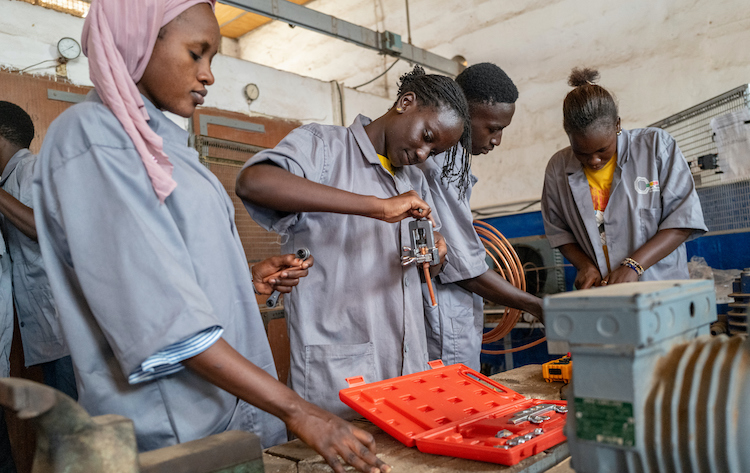Mathematics doesn’t end in the classroom! Learning to model with mathematics means that students will use math skills to problem-solve real world situations. This can range from organizing different types of data to using math to help understand life connections. Using real world situations to show how math can be used in many different aspects of life helps math to be relevant outside of math class.
In today’s world students who are truly successful in mathematics can not only solve problems, but can explain:
-
- what each problem is asking,
- how they will solve the problem,
- why their solution plan makes sense, and
- how they know their answer is correct.
The learning progression for modeling with mathematics across different grade levels involves students experimenting with representing problem situations in various ways, such as using numbers, words, drawing pictures, using objects, making charts or lists, and creating equations. They should connect these representations, explain the connections, and be able to use all of these representations as needed.
Mathematically proficient students can apply the mathematics they know to solve problems arising in everyday life, society, and the workplace. In early grades, this might be as simple as writing an addition equation to describe a situation. The students who can apply what they know are comfortable making assumptions and approximations to simplify a complicated situation, realizing that these may need revision later. They are able to identify important quantities in a practical situation and map their relationships using such tools as diagrams, two-way tables, graphs, flowcharts and formulas. They can analyze those relationships mathematically to draw conclusions. They routinely interpret their mathematical results in the context of the situation and reflect on whether the results make sense, possibly improving the model if it has not served its purpose.
Teachers who aim to develop students’ ability to “model with mathematics” effectively bridge real-world situations with corresponding mathematical representations. For instance, a teacher may present a scenario involving chocolate bars with various sizes to help students grasp proportions and ratios of sizes. Furthermore, a teacher could introduce a “kite factory” scenario, challenging advanced students to determine the conditions for consistently creating a specific kite shape based on the dimensions of the diagonals and the angle of intersection.
Students are taught to evaluate their results within the context of the situation, reflecting on whether the outcomes make sense. Additionally, they learn to assess the utility of different models, determining which ones are most effective for solving specific problems. As students advance, they begin to model problem situations symbolically, graphically, and contextually. This involves forming expressions, equations, or inequalities from real-world contexts and connecting symbolic and graphical representations.
Furthermore, students explore covariance and learn to represent two quantities simultaneously. They use measures of center and variability, as well as data displays like box plots and histograms, to draw inferences and make comparisons between data sets. Additionally, they utilize experiments or simulations to generate data sets and create probability models.
Process to use appropriate tools strategically;
-
- Clarify the problem and estimate a solution.
- Identify which math symbols, words, pictures, tools, and diagrams will help you represent the problem mathematically.
- Represent the problem mathematically.
- Solve the problem accurately.
- Determine if the results make sense and revise the model as needed.
In summary, the development of mathematical modeling skills is a vital part of students’ education, equipping them with the ability to apply mathematics to real-world scenarios and solve a wide range of problems effectively.











